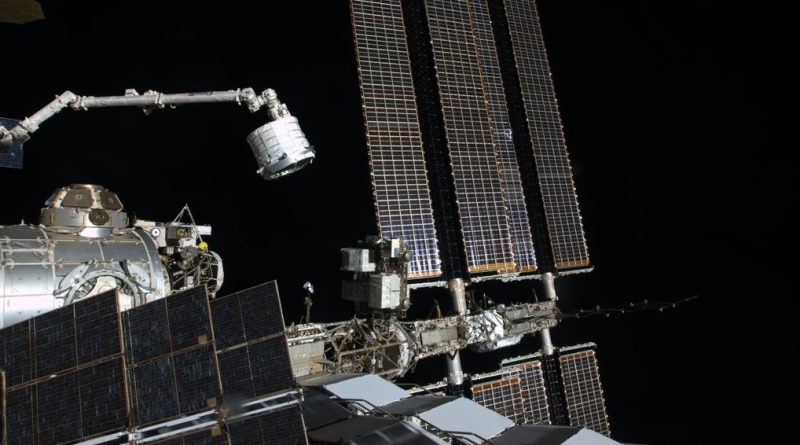First human-rated Expandable Module installed on Space Station for two-year Test Run
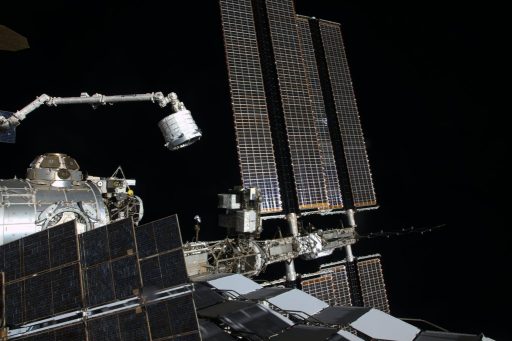
The first human-rated expandable habitation module was installed on the International Space Station on Saturday when the Bigelow Expandable Activity Module (BEAM) took up residence at the orbiting outpost for a two-year stay. While the module will remain mostly uninhabited, the mission will deliver valuable data on the endurance of inflatable structures in the space environment for future use in orbital and deep space applications.
Bigelow Aerospace, headquartered in Las Vegas, specializes in expandable spacecraft design, building on technology licensed from NASA. A pair of Genesis pathfinder modules headed into orbit in 2006 and 2007 and demonstrated the deployment and long-term endurance of expandable habitation module technology. Work with NASA on the BEAM project began in 2010 with initial design reviews of the feasibility of hosting an expandable module on ISS. A $17.8 million contract was signed in 2012, clearing the way for the construction of BEAM for a 2015 liftoff.
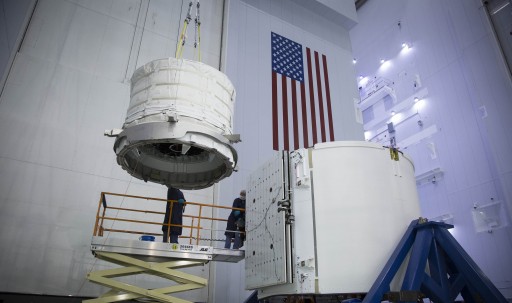
BEAM’s launch drifted into 2016 as a result of the failure of the Falcon 9 rocket during the Dragon SpX-7 launch, leading to a long stand-down in missions and BEAM having to wait for its ride to space. The Dragon SpX-8 spacecraft lifted off last Friday and received a smooth ride into orbit by the Falcon 9 rocket, carrying BEAM to ISS in its external trunk section.
After Dragon arrived at ISS on Sunday, preparations for BEAM’s installation started almost right away with the positioning of the robotic arm for a survey of the Trunk Section before the robotics system was set up for the installation operation later in the week. Aboard ISS, the crew installed the Centerline Berthing Camera System in the aft hatch of the Node 3 module to provide guidance during the robotic installation of the module.
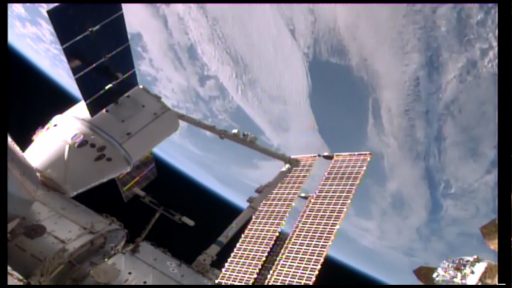

The deployed BEAM spacecraft has a mass of around 1,360 Kilograms and in its deployed configuration measures 4 meters in length and 3.2 meters in diameter with a living volume of 16 cubic meters. In its stowed launch configuration, BEAM measures 2.4 meters in diameter and is only 1.7 meters long – showcasing the big advantage of expandable modules, taking up only a small volume atop a launch vehicle while providing abundant room for living and working in space.
Operations setting up for the installation of BEAM picked up in the evening hours on Friday with the opening of the Node 3 Aft Common Berthing Mechanism Petals to expose the berthing mechanism and its latches. Next was a close inspection of the Node 3 Active CBM using external cameras zooming in on the structure to make sure the system was ready to receive BEAM, marking the first time this particular CBM would be used in space.
Heading into the overnight hours (UTC), the Robotic Arm completed a series of maneuvers to grapple the BEAM module using one of two grapple fixtures installed on top the module. Once the Latching End Effector was in place over the grapple fixture, snares closed to obtain a firm grip of BEAM. Two launch locks were released as Dragon handed BEAM over to the robotic arm that was being commanded by ROBO controllers at Mission Control.
Canadarm2 then pulled the module clear of Dragon’s Trunk Section and completed a series of maneuvers to transfer BEAM over to Node 3. Once at a standoff distance, BEAM underwent a visual inspection of its Common Berthing Mechanism to make sure all three seals were intact and no foreign objects were present. After a good inspection, BEAM was precisely positioned for capture using the Centerline Berthing Camera and four Ready to Latch Indicators that switched to green to signal a good positioning of the module.
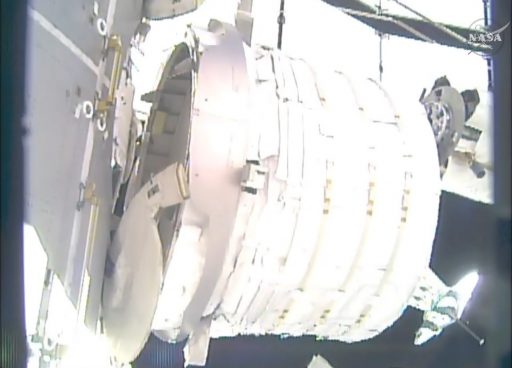
Astronaut Jeff Williams was in charge of the capture operation, starting with the closure of four capture latches to mark first stage capture, allowing the robotic arm to switch to a limp-mode to give BEAM some wiggle room when being pulled in for the final capture. Second Stage Capture was accomplished by driving four sets of four bolts to pull the two Common Berthing Mechanisms together and form a pressure seal. BEAM’s installation was officially confirmed at 9:36 UTC.
With BEAM firmly attached to Node 3, the robotic arm was disconnected from the module to move to a park position while Mission Control started the task of placing a specific load on each of the CBM bolts.
Expansion of BEAM is currently expected in late May during a period of high Beta Angles when no visiting vehicles can arrive and depart the Space Station. This time frame was chosen given the crew has their hands full with the Cygnus and Dragon spacecraft currently berthed to the U.S. Segment and set for departure in mid May. Expansion will be completed in stages, starting with the crew manipulating the Pressure Equalization Valve on BEAM’s hatch to complete the initial expansion of the module. Inflation and pressurization of the module will be documented by external cameras and BEAM will remain dormant for one week before the crew will complete the ingress of the module.
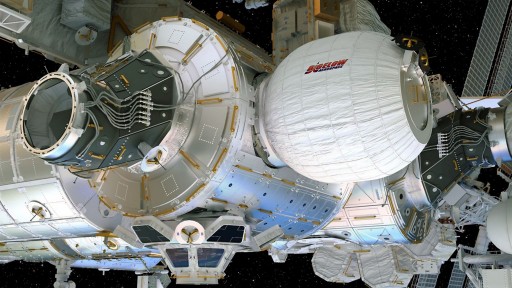
During the first period of crew activity, the USOS crew members will install battery-powered sensors inside the module. Sensors installed on BEAM will include temperature, pressure and radiation sensors as well as instrumentation to document debris impacts. Outfitted with sensors, BEAM will remain mostly uninhabited by the crew, except for three or four ingresses per year to allow the crew to conduct internal surveys and collect sensor data.
At the end of its two-year stay at ISS, BEAM will be buttoned up and removed by the robotic arm to be released in a position below ISS. Orbital Mechanics will do the rest and quickly move BEAM away from ISS as its begins a steady descent towards the atmosphere given its relatively low mass and large surface allowing drag to rapidly lower its orbit. Destructive re-entry of BEAM is expected one year after its departure from ISS.
BEAM is significantly smaller than the operational modules that are being developed by Bigelow for a number of commercial applications. Earlier this week, Bigelow and United Launch Alliance announced a partnership for the launch of the first BA-330 habitation module in 2020, either as a free-flying module or as attachment to the Space Station if an agreement can be reached with NASA. The module will have a pressurized volume of 330 cubic meters, hence its numeric designation, measuring 6.7 meters in diameter and 13.7 meters in length with a launch mass of 20 metric tons.

